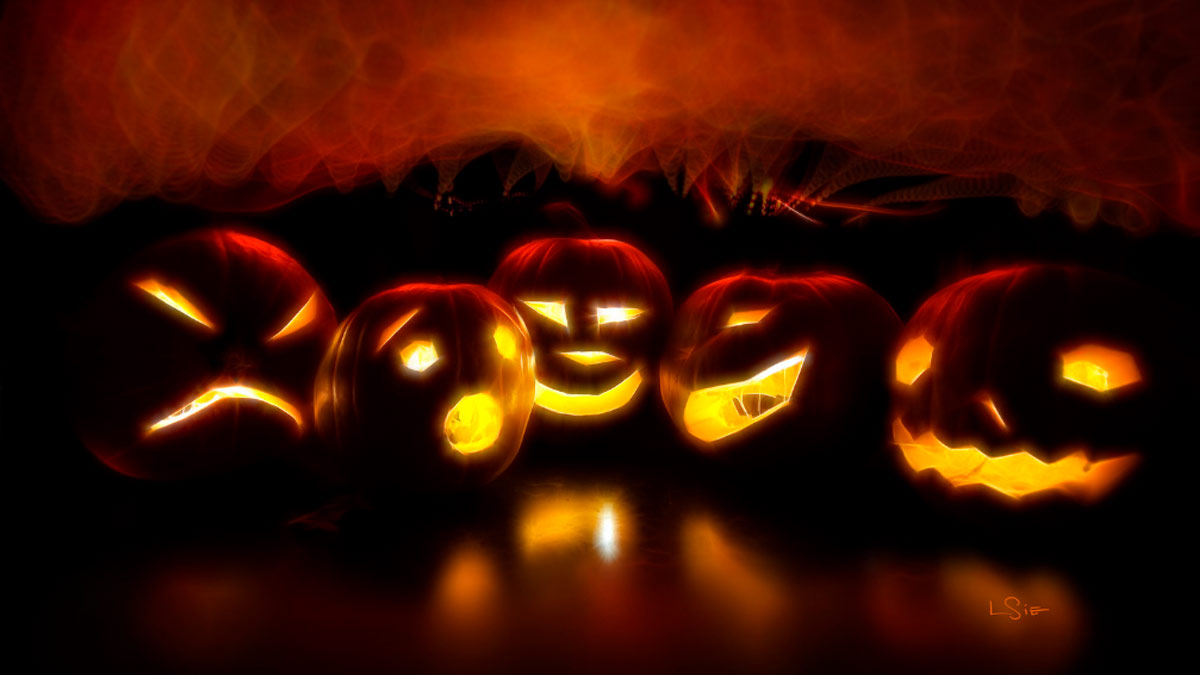
Halloween 2022: History And Origins Of The Spooky Festival
Every year, celebrated on October 31, Halloween has its origins in Gaelic Tradition with Celtic roots and has a rich history that spans over more than a millennia.
The festivity is observed on the eve of the Western Christian feast of All Hallows’ Day (All Saints’ Day). It commences with the Allhallowtide, the time in the Christian year (liturgical year) devoted to the remembrance of the dead such as saints, martyrs and departed souls.
Origination from Christian beliefs

Some believe that the festival has origins in Christianity as the word ‘Halloween’ is a derivation of ‘All Hallows’ Eve’, the evening before the All Hallows’ Day and All Souls’ Day which are held on November 1 and 2, respectively. But Halloween can trace its roots back to Pagan traditions and holds significance to modern-day occult practitioners.
The three days together are called Allhallowtide, a time when Western Christians honour saints and pray for the departed souls who are yet to reach Heaven.
In the 4th Century Roman Edessa, the day was held on May 13, and Pope Boniface IV reserved the Pantheon in Rome for “St Mary and all martyrs”. It was the date of Lemuria, an ancient Roman festival honouring the dead.
By the 8th Century, there is proof that churches in Ireland and Northumbria (Northern England and south-east Scotland) were having a feast to celebrate all saints on November 1, and in the year 835, it became the official date for the occasion in the Frankish empire.
1
2
3
4
It is believed that both Germanic and Celtic-speaking people commemorated the dead at the beginning of winter, which was fitting to do so as it was the period of ‘dying nature’. The change in the date could also be because Rome could not house the growing number of pilgrims in summer, and the Roman fever, which became a public health concern during the hot weather.
The origin of trick-or-treating is connected to the Allhallowtide custom of baking and sharing soul cakes (shortbread biscuits with spices) and was found in parts of England, Wales, Flanders (Flemish-speaking Northern region of Belgium), Bavaria, and Austria. Usually, poor people, especially children would go door-to-door to collect soul cakes in exchange for prayers for the dead. In the Lenten tradition (religious observance where Jesus fasted in the desert), the soul cakes were marked with crosses and called hot cross buns, signifying them to be alms.
During the 19th Century, candles were lit in homes in Ireland, Flanders, and Bavaria, where they were termed “soul lights”. The wearing of costumes was linked to warding against vengeful ghosts (as it was believed this night is the one last chance for the dead to gain vengeance on their enemies before moving on to the next world).
However, in Britain, these customs came under attack during the Reformation period as Protestants decided that the doctrine was inconsistent with the Calvinist idea of predestination. State-sanctioned ceremonies were repealed during the Elizabethan era, but the date stayed in the English calendar.
Don't miss:6 Pop Culture Makeup Looks You Need To Try Out This Halloween
Influence of Gaelic Folk Culture

Today’s Halloween customs are said to be influenced by folk customs from Celtic-speaking countries, many of which have Pagan roots. They are linked to the Gaelic festival, Samhain.
Samhain marked the end of the harvest season and the start of winter (the darker half of the year) and was seen as a time when the boundary between this world and the ‘Otherworld’ thinned, paving way for spirits and faeries to come into this world. The souls of the dead were also said to visit their homes seeking shelter.
Special bonfires were lit and their flames, smoke, and ashes were used for protection and cleansing powers. The fires symbolised the Sun and indicated the holding back of the decay and darkness of winter. Later, they were said to keep away the devil.
From the 16th Century, the festival included mumming and guising (costumed community members) in Ireland, Wales, and Scotland. But, wearing costumes and playing Halloween pranks (which has survived as a modern tradition) did not spread to England until the 20th Century.
Don't miss:This Halloween Celebrate With These Dessert Recipes
Spread to North America
Historians mention that Anglican colonists in the southern United States and Catholic colonists in Maryland acknowledged All Hallow’s Eve in their church calendars, but the Puritans of the New England area were against this holiday, as well as Christmas, which is also believed to have Pagan roots.
The mass Irish and Scottish immigration in the 19th Century led to Halloween becoming a major holiday in the US. Originally only celebrated by the immigrant communities, it gradually spread to mainstream society by the early 20th century. It has also gained popularity in some sections of India.
Also Watch:
1
2
3
4